Tarot and the Erotic: Sexuality in the Cards
Tarot can sometimes seem like a chaste affair, especially in the Rider-Waite-Smith deck where the nude figures are either presented as archetypes (The Lovers) or in solitary introspection (The Star).
A quick look at other decks like the deliciously cheeky and bawdy Eros Tarot by Uusi or the wonderfully sex-positive and diverse Slutist Tarot shows us that sex does have a presence in the cards after all. Yes, things can get spicy when you're reading tarot!
As it should! Sexuality is intrinsic to our humanity, whether we choose to express that energy physically or not.
It's also important to acknowledge that tarot, especially the Rider-Waite-Smith system that I'll be working with in this post, has a visually white and heteronormative focus. Looking at the cards as archetypal energies and not literal or limiting representations of human expression is helpful in navigating these shortcomings.
For example, the phallic symbolism on the Ace of Wands doesn't exclusively apply to phallus-havers or lovers. Rather, we can look at it as a representation of a certain type of sexual energy, one we can all feel and express. The cards are simply markers on a larger spectrum we use to illustrate more complicated truths.
For beautiful and vibrant decks that show the wide range of shapes, orientations, and forms of humanity and not Medieval figures, check out the decks above the Dust II Onyx Tarot and Slow Holler Tarot ... hmm... I think I might just have to turn this into another deck recomendation post - stay tuned!
Below are some of my favorite cards that speak to spicy times of all stripes:




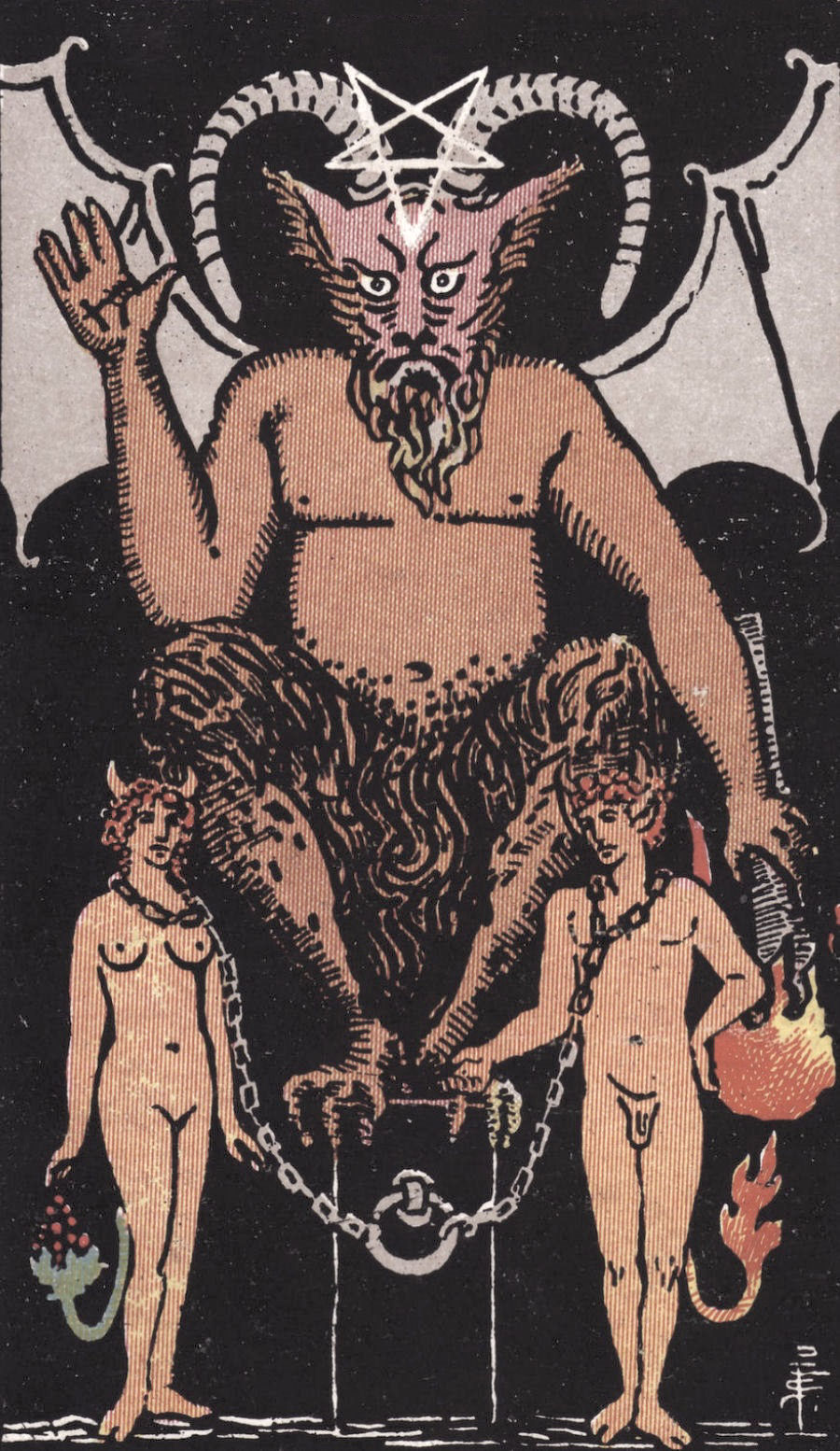

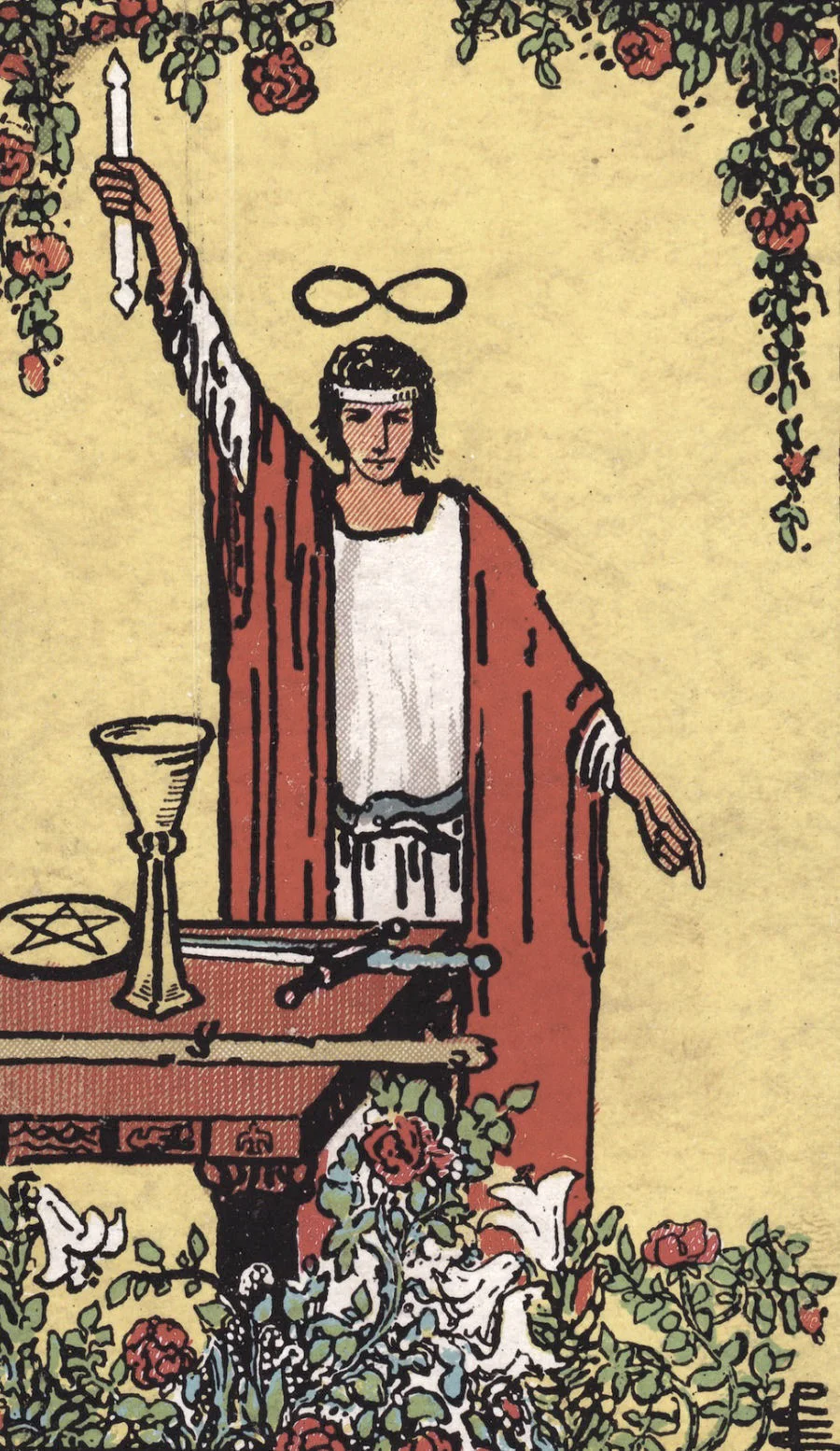
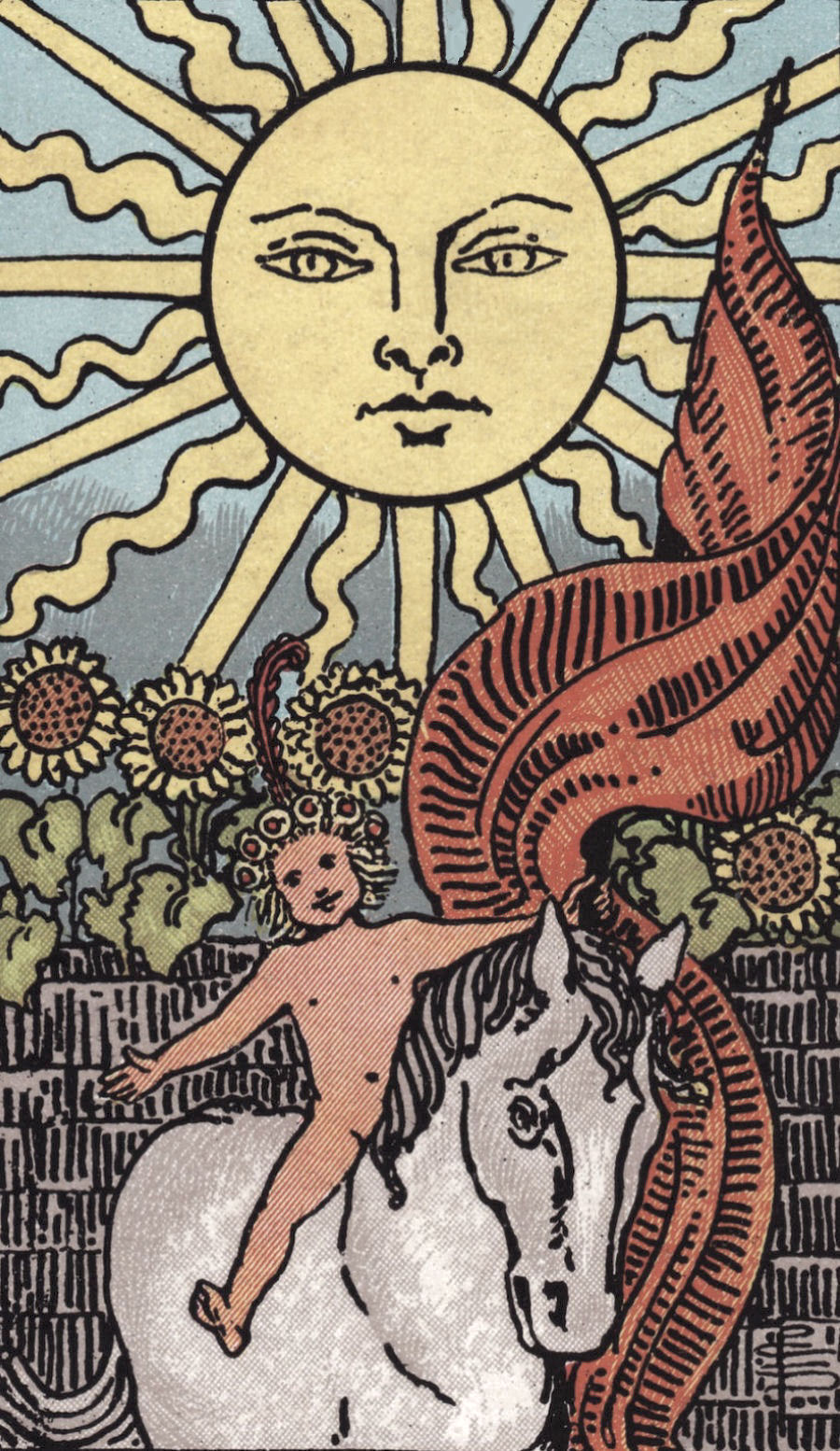
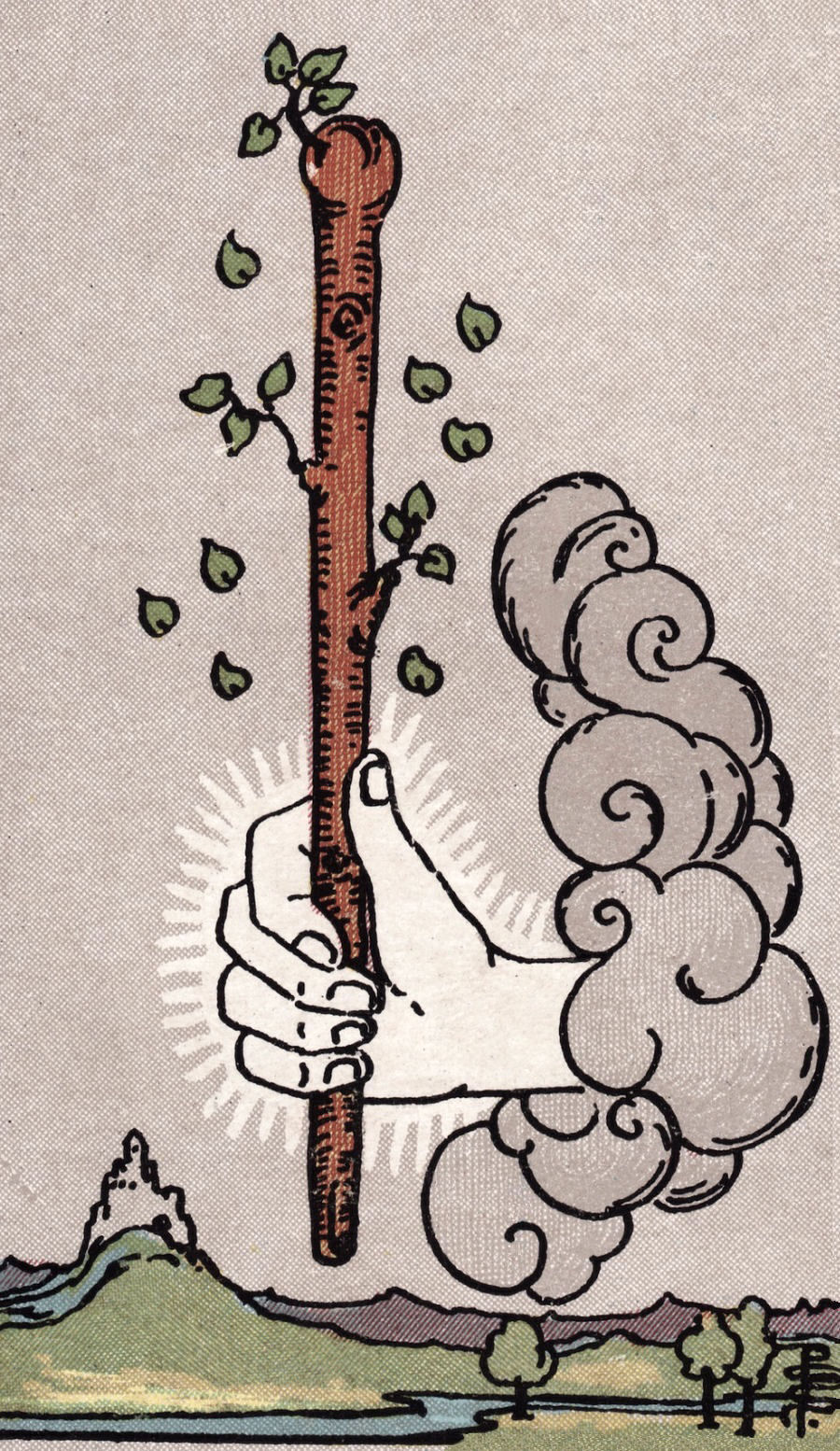

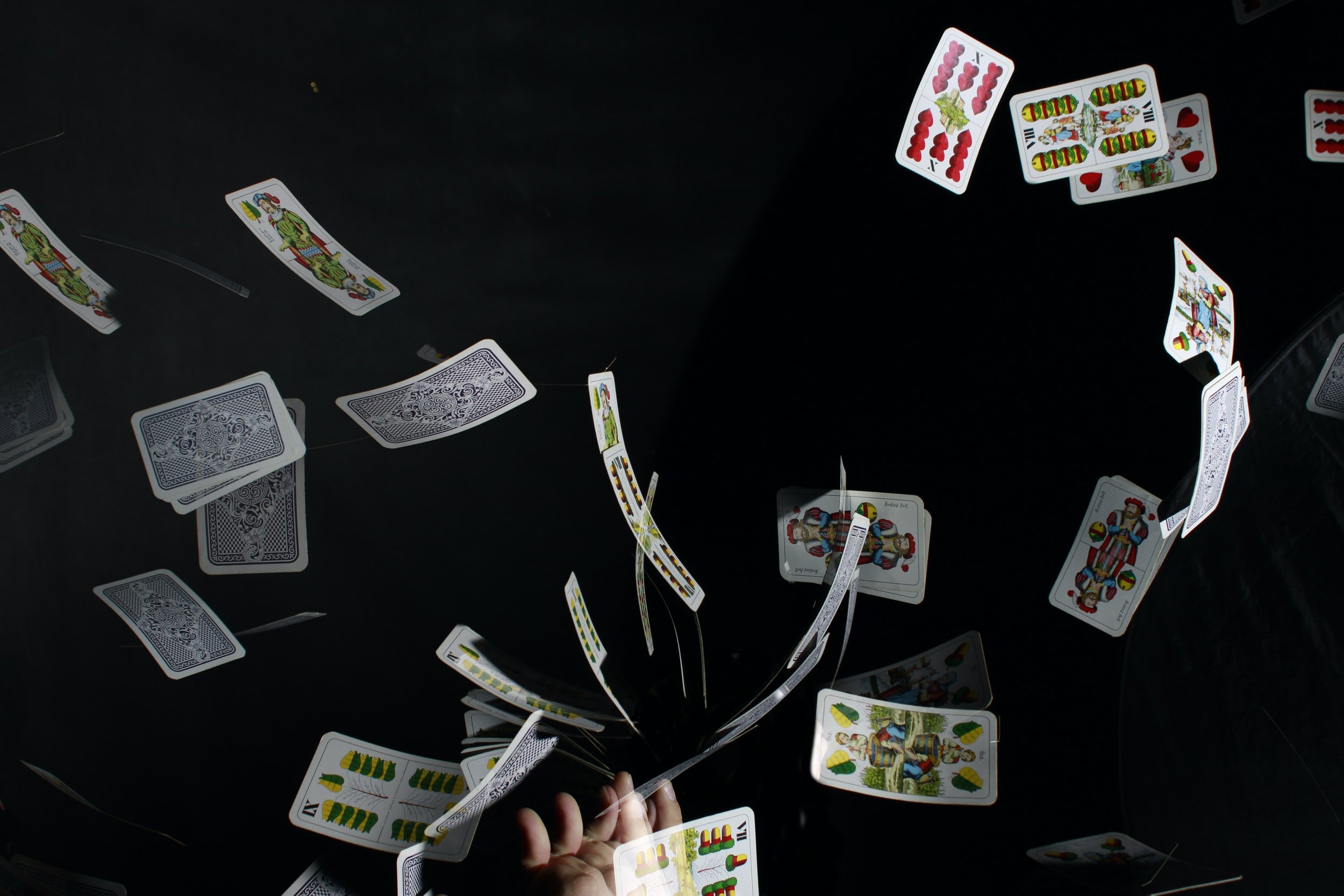





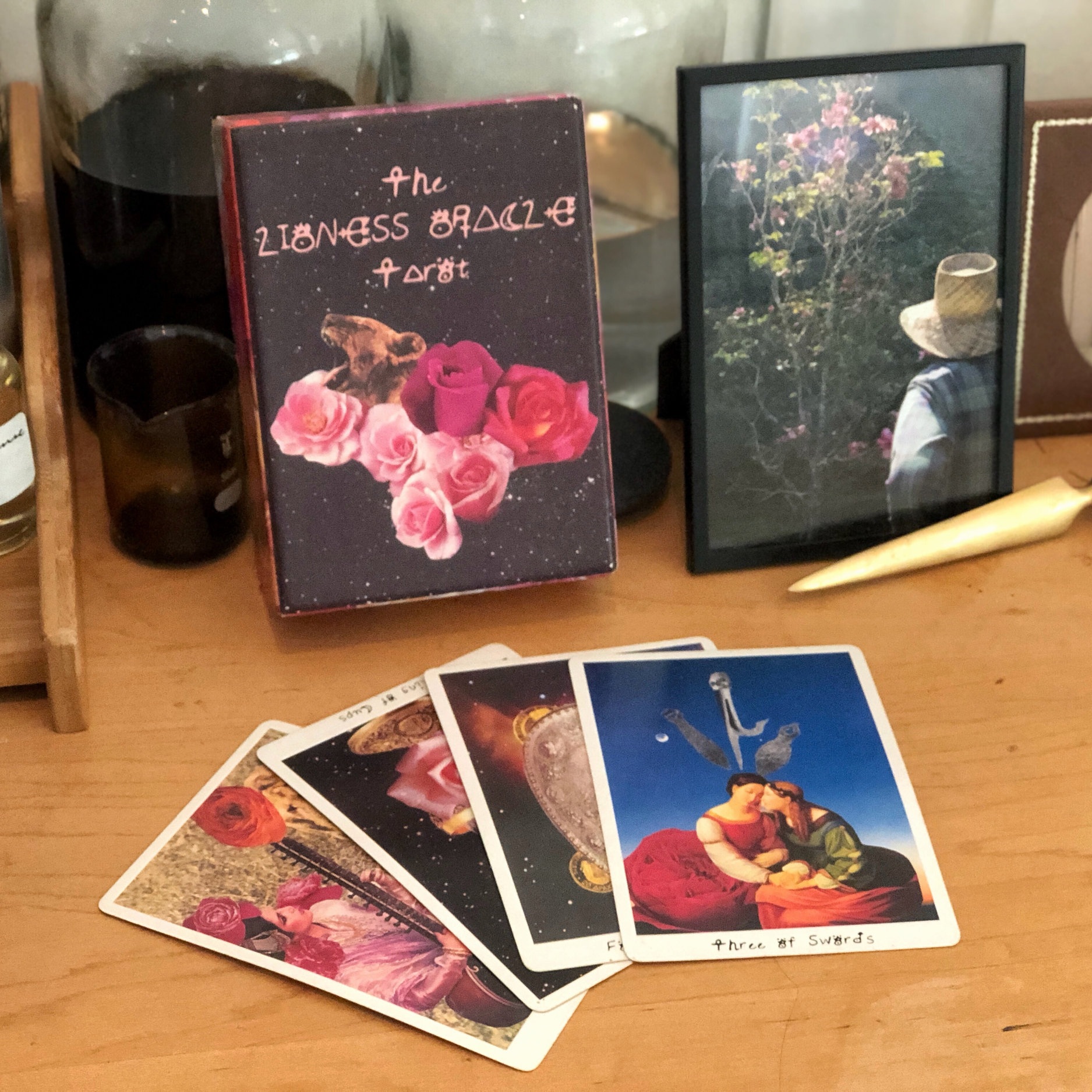

It’s so easy to get serious when reading tarot. With cards like The Tower, The Hermit, and the Ten of Swords, who could blame you for painting sweeping pictures, waxing poetic about existential dilemmas, and focusing on the mythic in the mundane? I’ve noticed, however, that sticking to these areas when reading can lead to burnout, not to mention a limited understanding of the cards. If everything is epic, how can you go to the cards to understand smaller issues like daily decisions, exciting and low-stakes choices, or even open-ended explorations of themes?